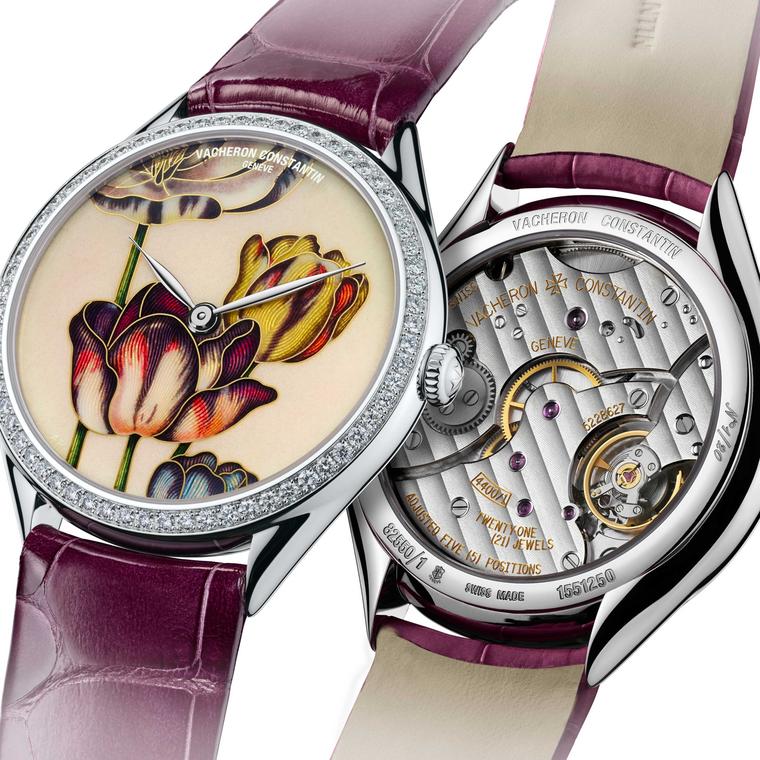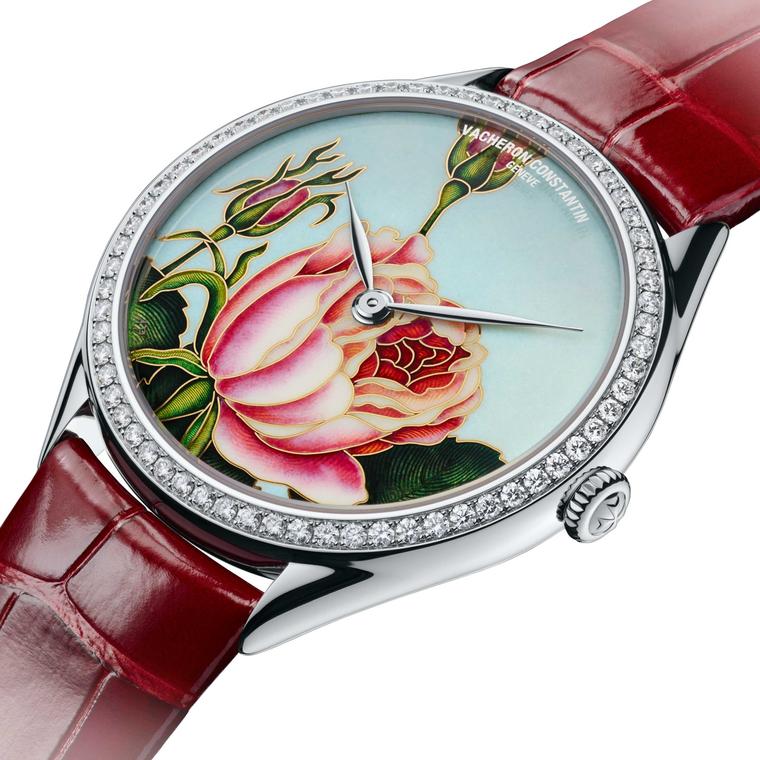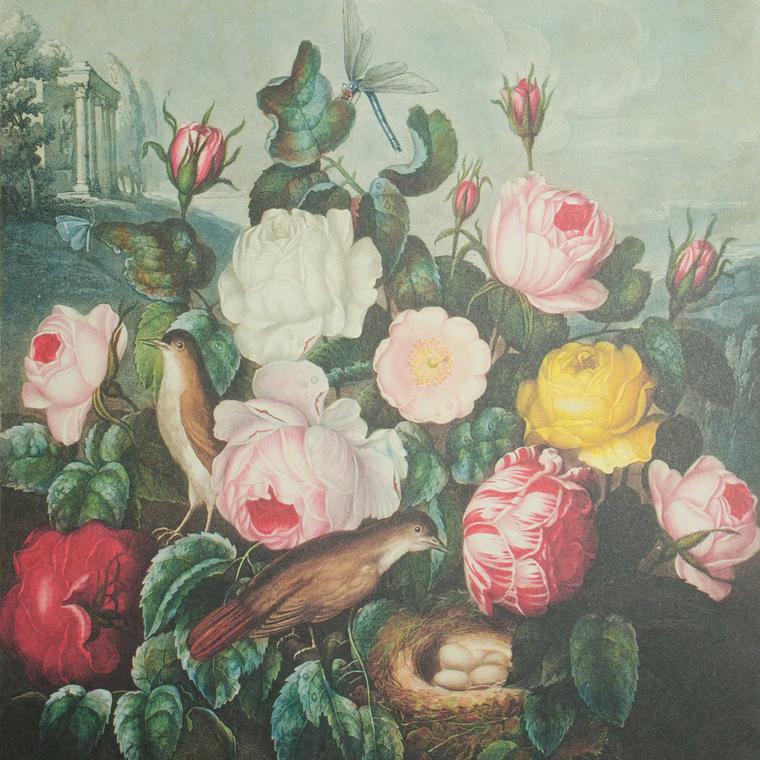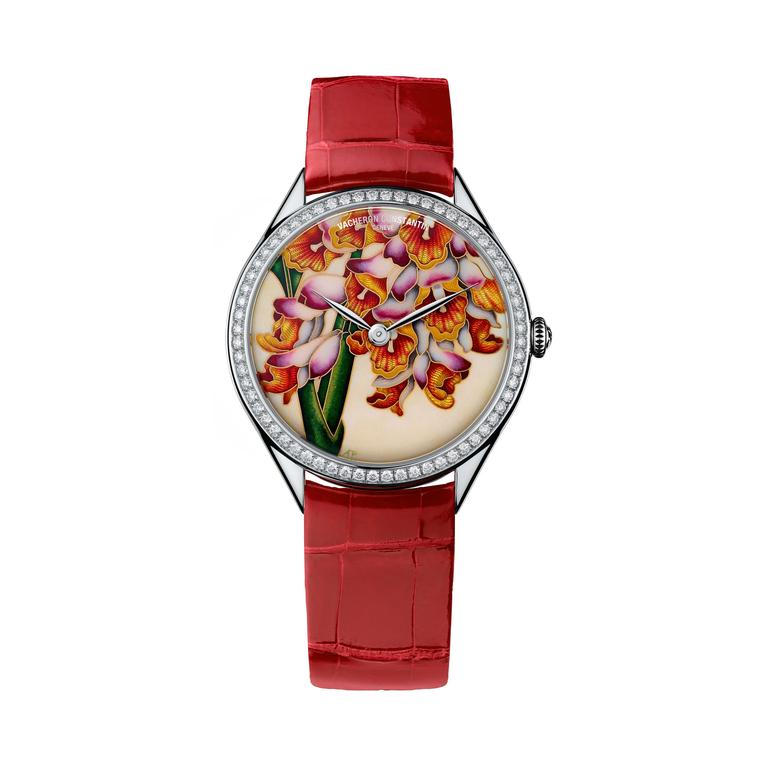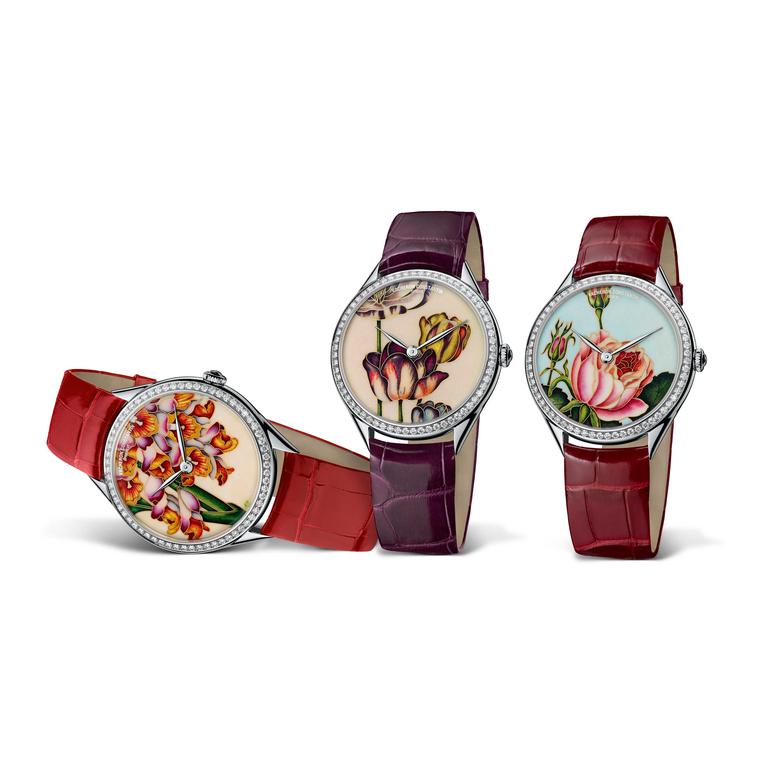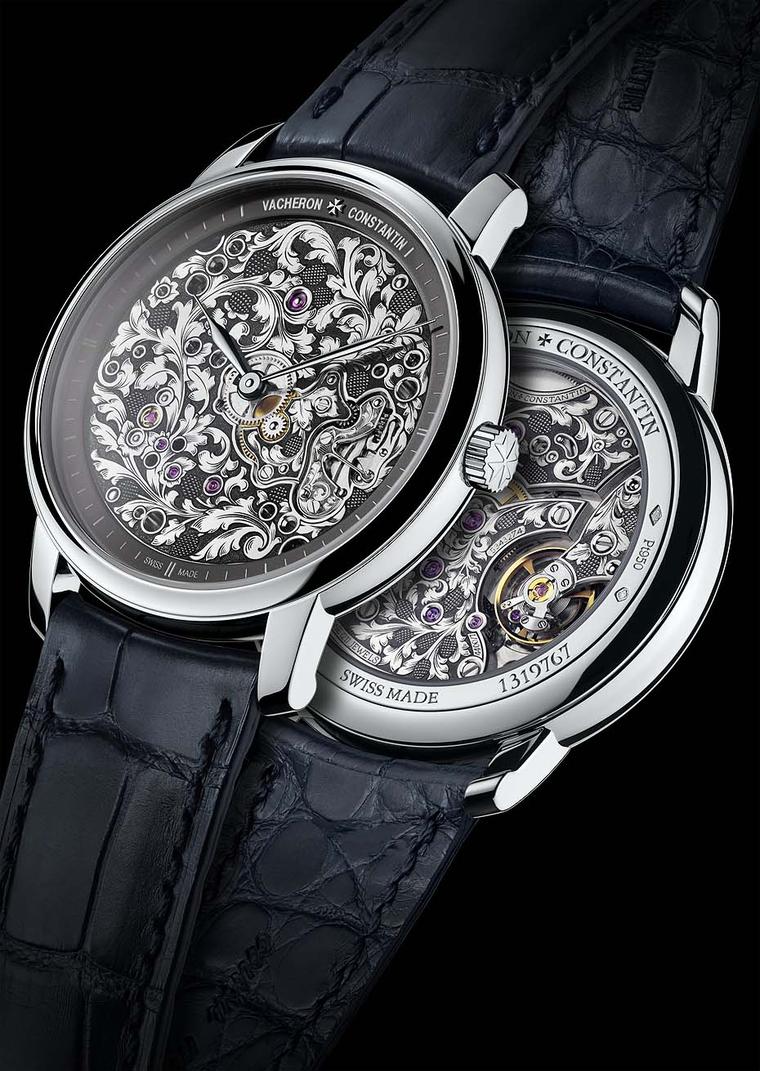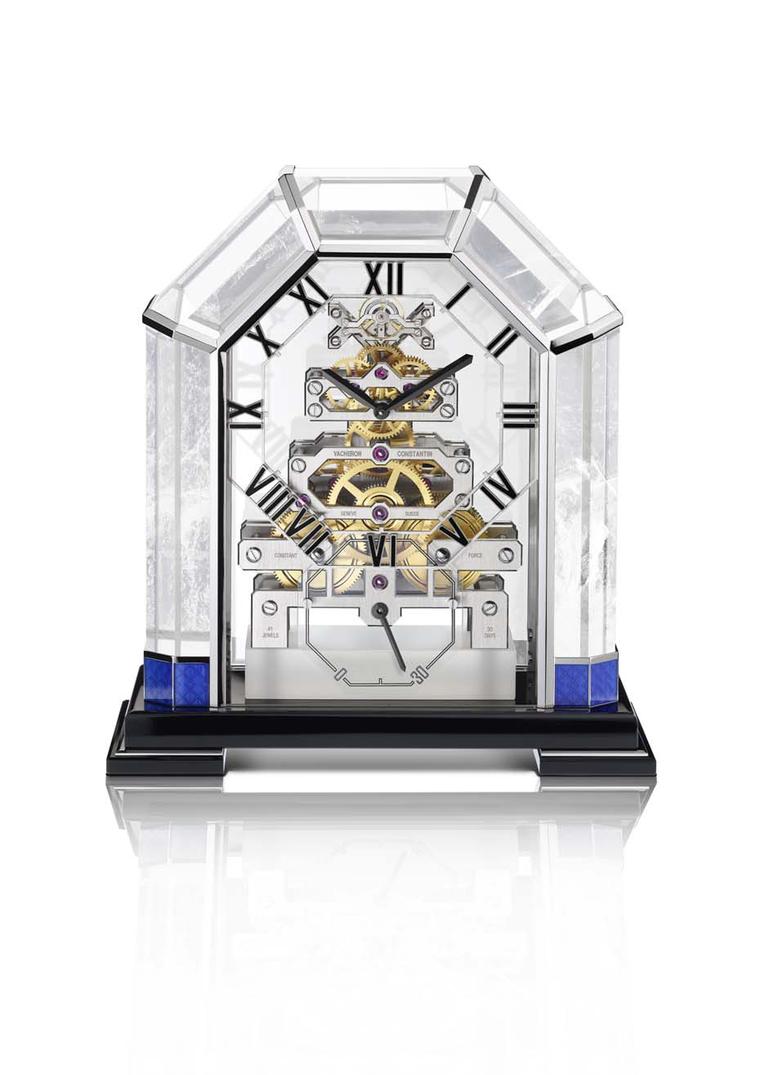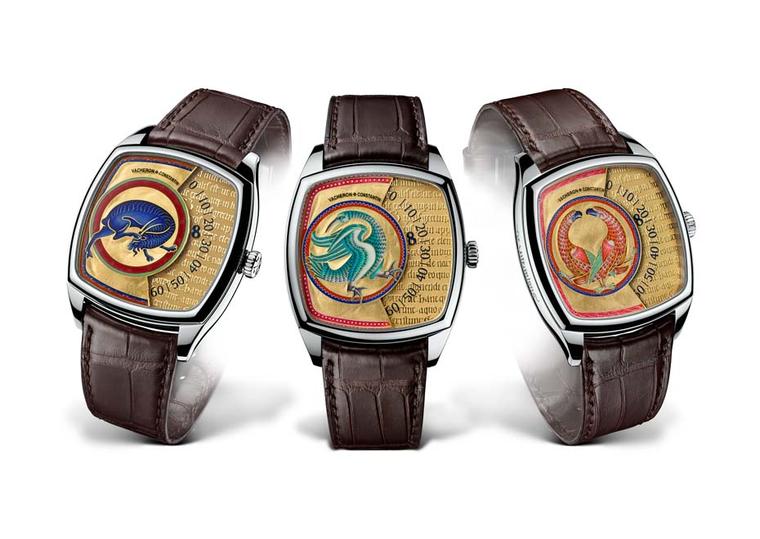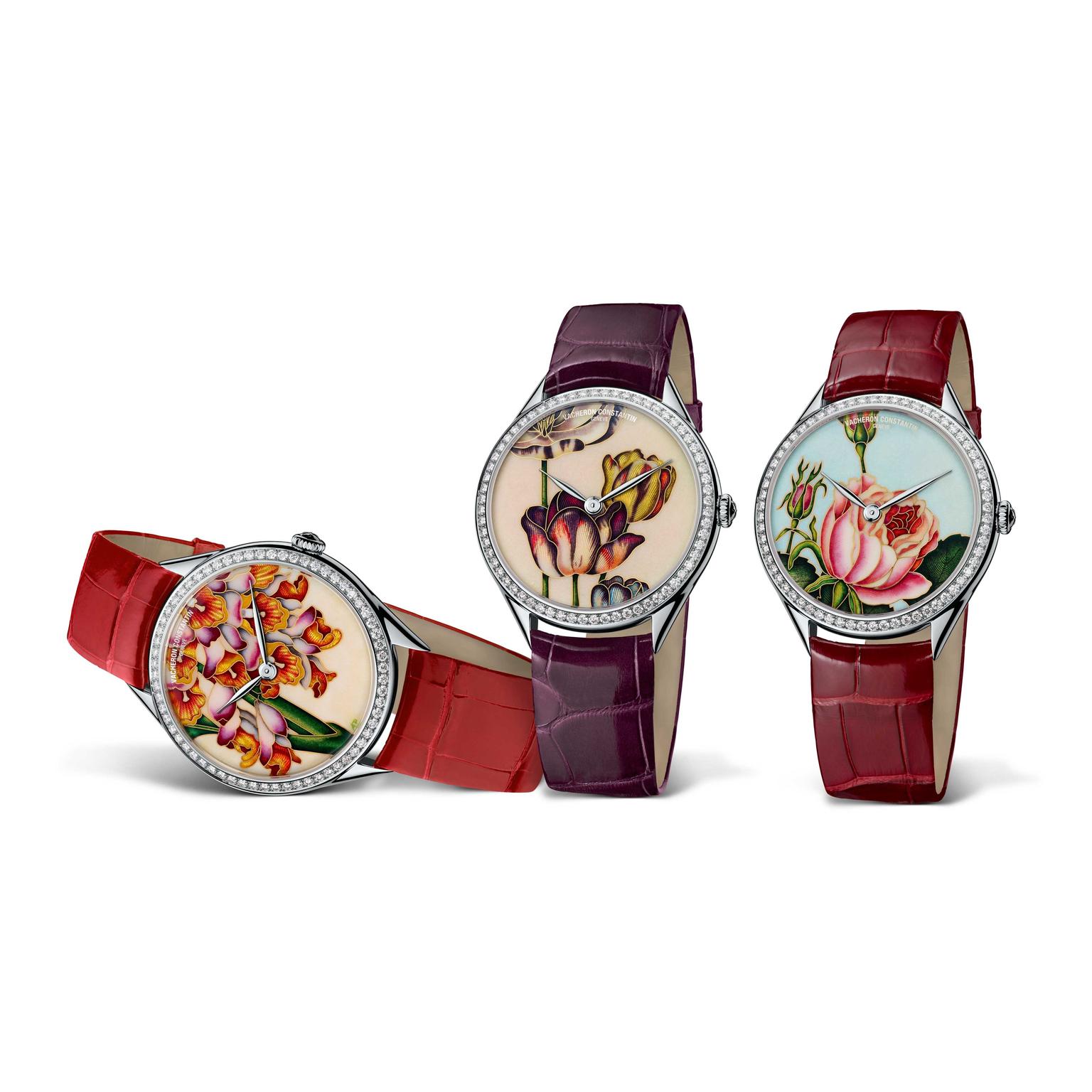
By Rebecca Doulton
Vacheron Constantin watches find artistic illumination in some of the most unusual places. A few weeks ago we reviewed the trio of men’s watches inspired by the golden illuminations of the 12th century Aberdeen Bestiary manuscript. This time, the delicate botanical illustrations of Robert John Thornton’s 1799 The Temple of Flora are the direct muse for these magnificent Florilège ladies’ watches. Composed of the Renealmia or “flower of my soul”, both the Rose Centifolia and the Tulip watches capture the ephemeral beauty of these flowers for eternity.
Thornton, an English physician with a passion for plants and himself an accomplished artist, recruited the talented naturalist painter of the era Philip Reinagle and the finest British engraver Thomas Medland to do justice to his subjects, which appeared in The Temple of Flora. Beyond the realistic representation of the flowers and plants, Thornton introduced a dose of poetic licence to create the background details, which imbue the work with an aura of bucolic romanticism, and devoted and lost his entire fortune in the endeavour.
Recreating Thornton’s spirit for accurate botanical detail coupled with romance, the Métiers d’Art Florilège collection, launched in 2013, incorporates three miniature works of art that bloom with life thanks to the collective work of skilled artisans. And this is a field in which Vacheron Constantin watches truly excels thanks to its exceptional 260-year history and commitment to the preservation of ancestral skills.
In this case, the master guillocheur was in charge of tracing the outlines of each flower and creating volume on the gold dial plate of each Vacheron Constantin watch by means of a rose engine, kept in Vacheron Constantin’s workshops for more than a century. The next step was entrusted to the famous miniature painter and enameller Anita Porchet, who applied enamel to the grooves and etchings created by the guillocheur. That is perhaps simplifying the process somewhat because what Porchet really did was use the complex technique of Grand Feu cloisonné enamelling and fixed and soldered tiny gold ribbons around each element to create compartments (“cloisons” in French). The compartments are then filled with layers of translucent and colour enamels until the desired depth and shading is obtained. Following successive firing operations in the kiln at very high temperatures, Porchet applied a glaze to vitrify the enamel to add brilliance to the flower. The final decorative stage involved the skills of a specialised gemsetter to select the diamonds, cut them in baguette or round shapes, and then set them in the bezel.
Beauty is never skin-deep at Vacheron Constantin and the mechanical hand-wound movement, calibre 4400, with a three-day power reserve has also been artistically finished and can be viewed through the sapphire crystal caseback. Each 37mm white gold Vacheron Constantin watch is delivered with a magnifying glass to fully appreciate the beauty on both sides of the case.


